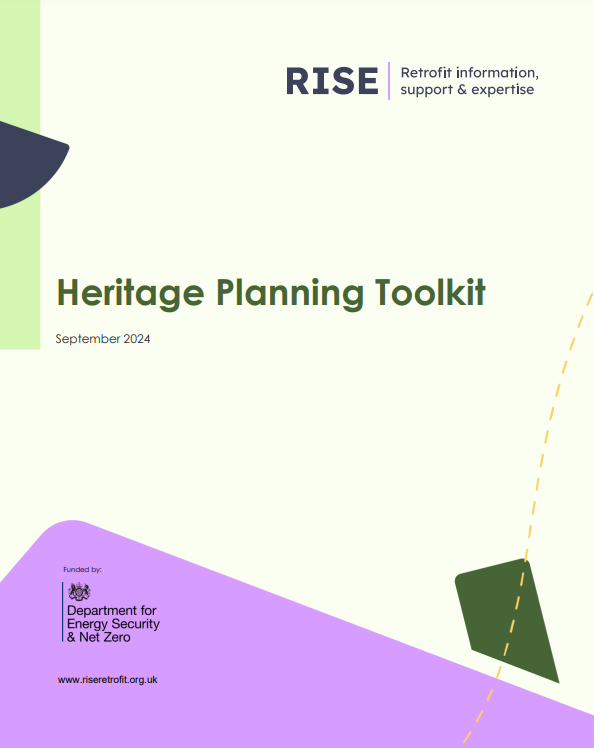This toolkit sets out the primary legislation relevant to heritage planning and suggests where planning or listed building consent may be needed.
 This toolkit sets out the primary legislation relevant to heritage planning and suggests where planning or listed building consent may be needed. Understanding this context should help you develop applications for consent, which is then considered. The toolkit should be read alongside the RISE planning constraints article, as this contains important information about using the local planning documents relevant to your area.
This toolkit sets out the primary legislation relevant to heritage planning and suggests where planning or listed building consent may be needed. Understanding this context should help you develop applications for consent, which is then considered. The toolkit should be read alongside the RISE planning constraints article, as this contains important information about using the local planning documents relevant to your area.
The toolkit provides information on the following key pieces of legislation:
- The General Permitted Development Order 2015
- The Ancient Monuments and Archaeological Areas Act 1979
- The Planning (listed building and conservation areas) Act 1990
- Historic Buildings and Ancient Monuments Act 1953
- Enterprise and Regulatory Reform Act 2013
- Localism Act 2011
Consent requirements for work to heritage assets
All the areas, buildings, and structures that are included on a heritage schedule, list, or register are known as heritage assets. The RISE planning constraints article explains that the constraints affecting these assets can be quite restrictive, as they remove many permitted development rights. Although there is no one size fits all answer to how these constraints apply in a specific property, it is generally the case that consent will only be required for internal works in very specific contexts, which are detailed in this toolkit.
Applying for consent
The National Planning Policy Framework (NPPF) directs local authorities to attach ‘great weight’ to the conservation of heritage assets. This does not mean preserving them exactly as they are at a point in time, but taking steps to ensure that their special interest is conserved while other development takes place.
The NPPF context means that local authorities need two key pieces of information in order to make decisions about the development affecting heritage assets:
- They need to understand the asset’s special interest
- They need to understand the development proposals
This means they can make a judgment about how far the proposed development would harm the asset’s special interest. In planning terms, the need to define special interest is quite unusual and you may not have done it before.
End of Preview

